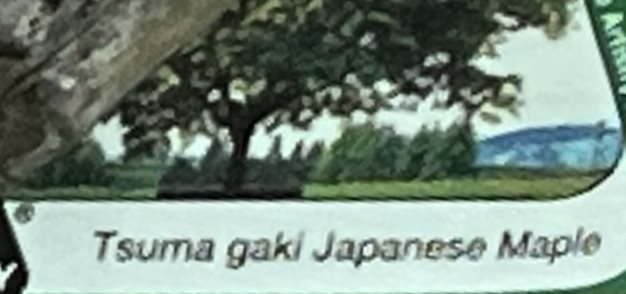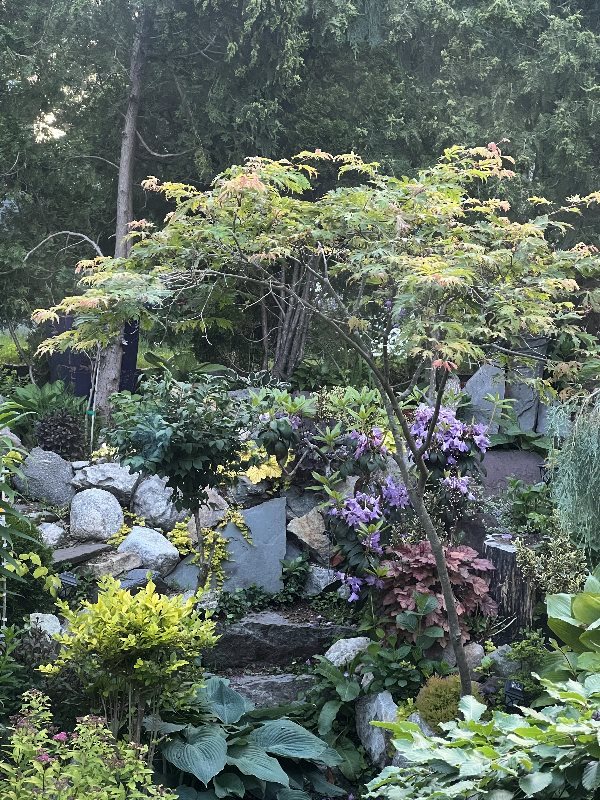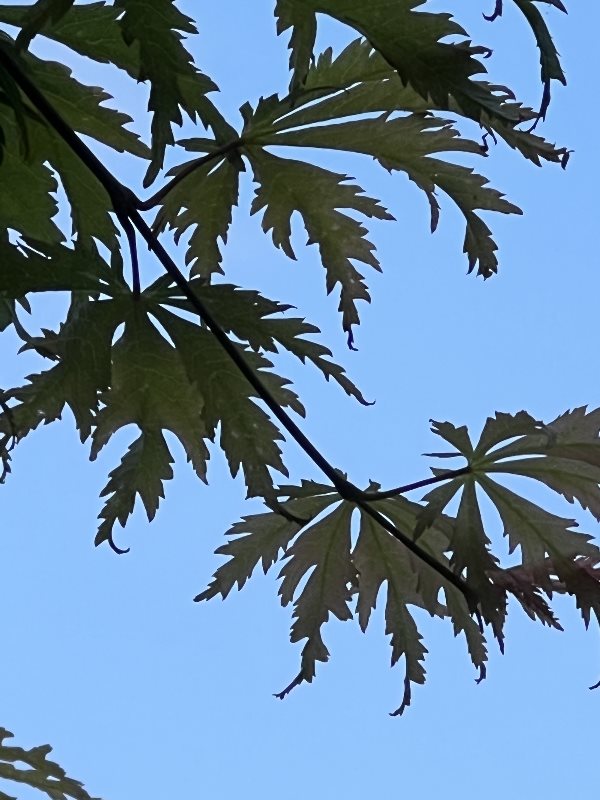Japanese Maples (17)
Japanese maple trees (Acer palmatum) are highly sought after for their stunning foliage and graceful form. They are native to Japan, Korea, and parts of China and have been cultivated for centuries. These trees have become popular choices for landscapes, gardens, and bonsai due to their wide variety of leaf colors, shapes, and sizes. Here’s some information about Japanese maple trees in general:
- Leaf Varieties: Japanese maples exhibit a wide range of leaf shapes and colors. The leaves can be palm-shaped or deeply lobed, with variations such as laceleaf or weeping forms. The leaf colors span a spectrum from vibrant green to red, purple, orange, and even variegated combinations. Some popular cultivars include Bloodgood, Emperor, Crimson Queen, and Dissectum.
- Size and Growth Habit: Japanese maples come in various sizes, ranging from dwarf varieties that stay under 5 feet (1.5 meters) to larger trees that can reach 20-30 feet (6-9 meters) in height. They generally have a slow to moderate growth rate, making them suitable for smaller gardens or containers.
- Sun and Soil Requirements: Most Japanese maples prefer partial shade or filtered sunlight, especially in hotter regions, to protect their delicate foliage from scorching. However, some varieties can tolerate full sun conditions. They thrive in well-drained, slightly acidic soil but can adapt to a range of soil types.
- Fall Color: Japanese maples are renowned for their vibrant autumn foliage. Depending on the variety, their leaves can turn shades of yellow, orange, red, and even purple. This makes them a popular choice for adding seasonal interest to landscapes.
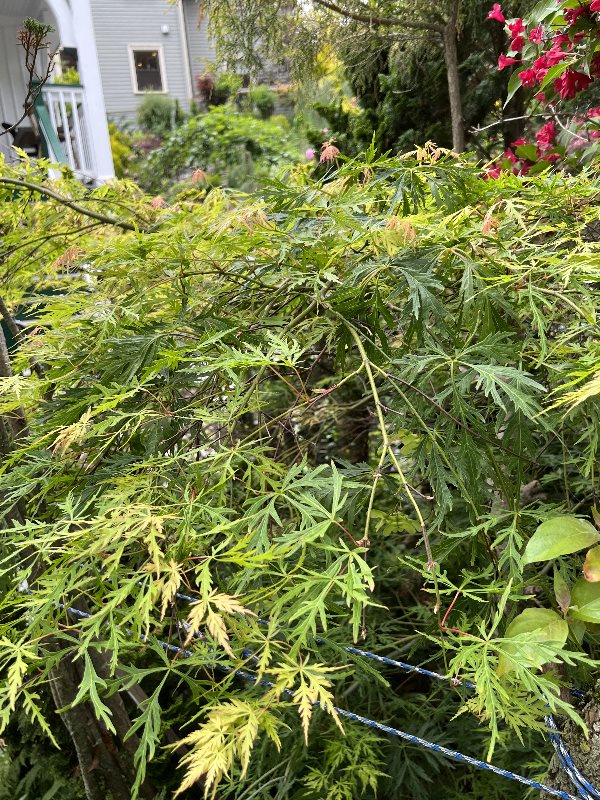
Right Garden Driveway Side
Ashley Davidoff TheCommonVein.net Trees in Our Garden
The Viridis Japanese Maple, also known as Acer palmatum ‘Viridis,’ is a cultivar of the Japanese maple tree. It is highly valued for its stunning foliage, which features vibrant green leaves throughout the growing season. The name “Viridis” is derived from Latin and means “green,” reflecting the tree’s characteristic leaf color.
I think this may be a dwarf form because it has only grown to about 4-5 feet in height
The dwarf form of the Japanese maple ‘Viridis’ known as Acer palmatum ‘Viridis’ (dwarf). It is a compact cultivar of the Viridis Japanese maple with all the desirable characteristics of its larger counterpart, but in a smaller size.
The dwarf form of Viridis Japanese maple typically grows to a height of around 4 to 6 feet (1.2 to 1.8 meters) and has a similar spread. It maintains the same attractive green foliage that starts with a bright green color in spring and matures to a deep green in summer. In autumn, the leaves may develop yellow or golden hues before falling.
The dwarf Viridis Japanese maple is an excellent choice for smaller gardens, courtyards, or container planting where space is limited. Its compact size allows it to fit into tight spaces while still providing the beauty and elegance of the larger variety.
When caring for the dwarf Viridis Japanese maple, the same general care guidelines for Japanese maples apply. It prefers partial shade or filtered sunlight, well-drained soil, and regular watering to keep the soil moist. Pruning can be done in late winter or early spring to maintain its shape and remove any dead or damaged branches.
Japanese Maple . I think it may be Acer palmatum ‘Orange Hagoromo’ Feather Leaf Japanese Maple
Acer palmatum ‘Orange Hagoromo’ has a very unique leaf shape that categorizes this tree as a Sessilifolium Japanese maple. All Japanese maples in this group are known for their small, feathery shaped leaves. These oddly shaped leaves are yellow in the spring and light green in the summer. Fall color is bright orange to red. ‘Orange Hagaromo’ is also sometimes referred to as ‘Hanezo Hagaromo’.
10 Year Size: Height: 6-8 feet Width: 4-6 feet
I think it also could be be Acer palmatum ‘Orange Hagoromo’ Feather Leaf Japanese Maple
Acer palmatum ‘Orange Hagoromo’ has a very unique leaf shape that categorizes this tree as a Sessilifolium Japanese maple. All Japanese maples in this group are known for their small, feathery shaped leaves. These oddly shaped leaves are yellow in the spring and light green in the summer. Fall color is bright orange to red. ‘Orange Hagaromo’ is also sometimes referred to as ‘Hanezo Hagaromo’.
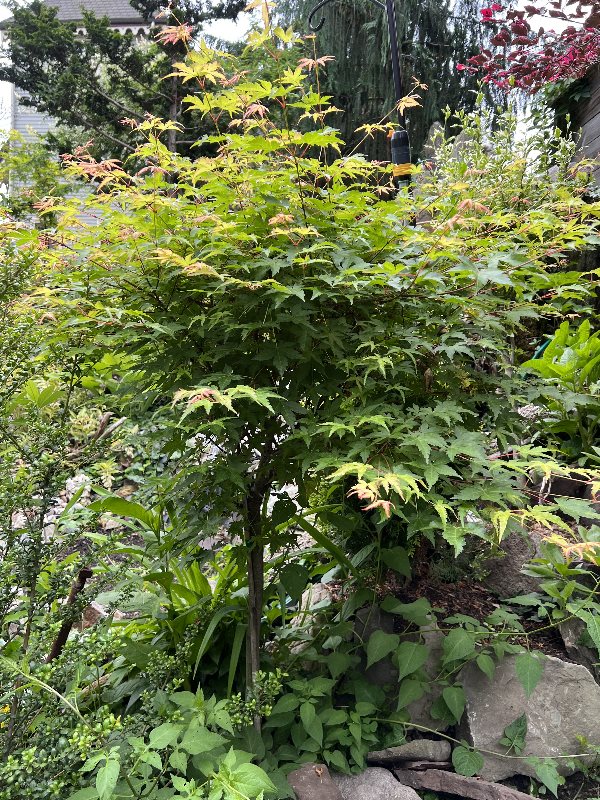
Acer palmatum ‘Viridis’ (dwarf)
Right Garden, Driveway Side
Ashley Davidoff TheCommonVein.net Trees in Our Garden
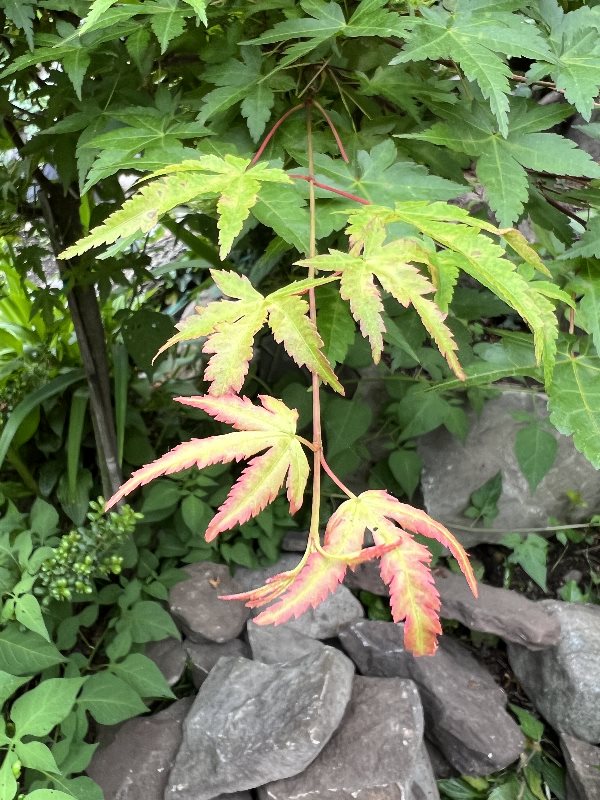
Right Garden, Driveway Side
Ashley Davidoff TheCommonVein.net Trees in Our Garden
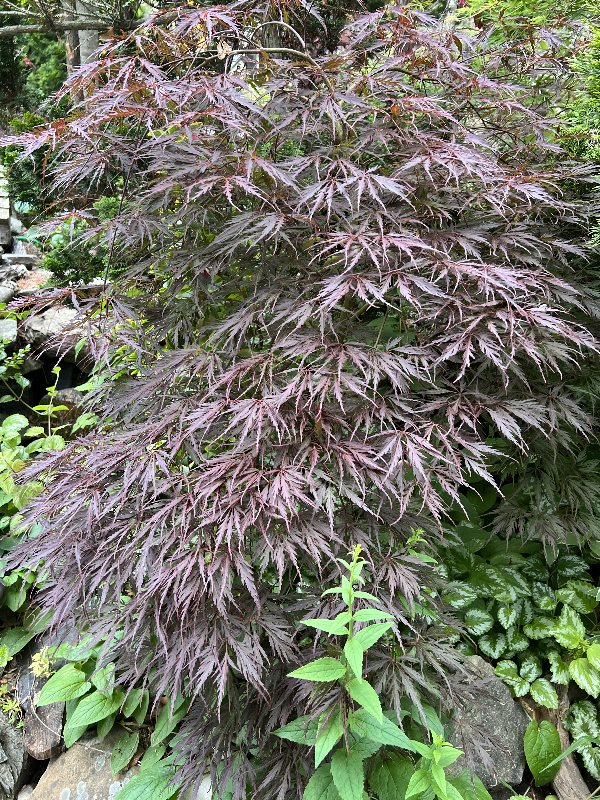
Right Garden, On the Path
Ashley Davidoff TheCommonVein.net Trees in Our Garden
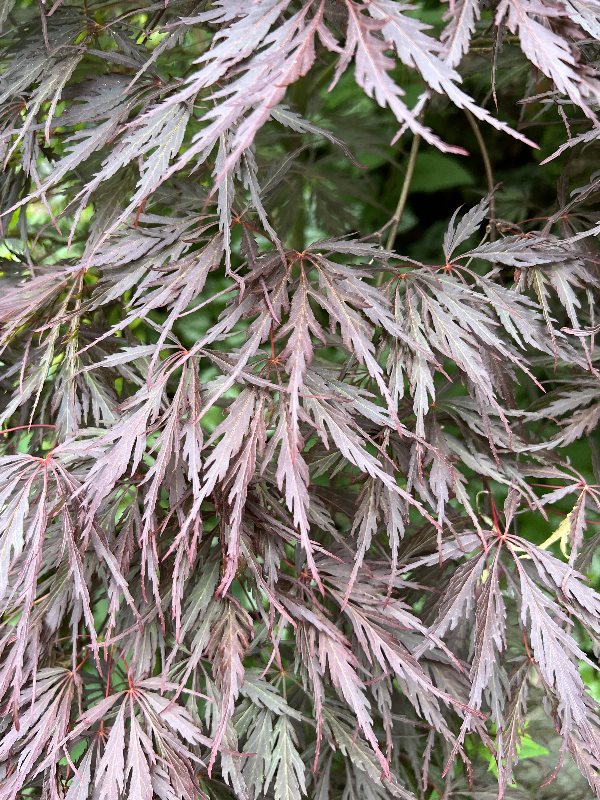
Right Garden, On the Path
Ashley Davidoff TheCommonVein.net Trees in Our Garden

Right Garden, On the Path by the Watermill
Ashley Davidoff TheCommonVein.net Trees in Our Garden
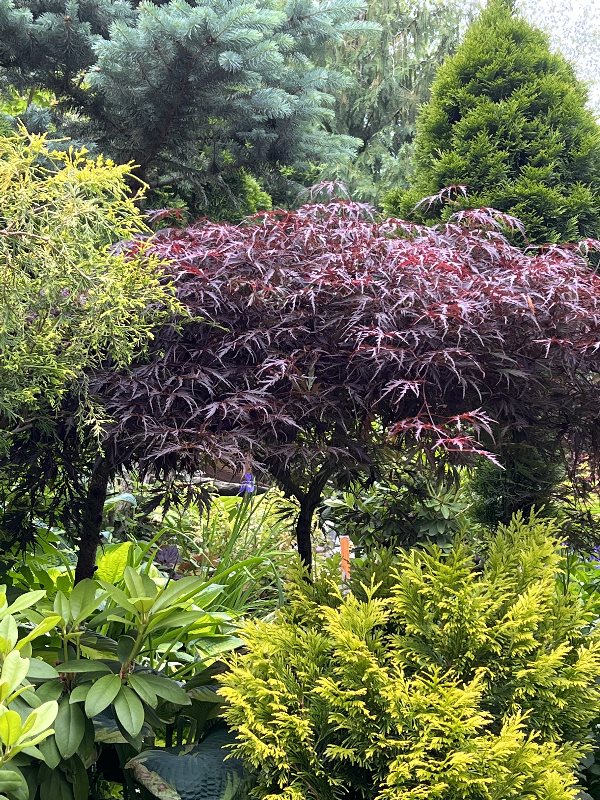
Center Garden on Right Garden, Driveway Side
Ashley Davidoff TheCommonVein.net Trees in Our Garden

Center Garden on Right Garden, Driveway Side
Ashley Davidoff TheCommonVein.net Trees in Our Garden
Bloodgood
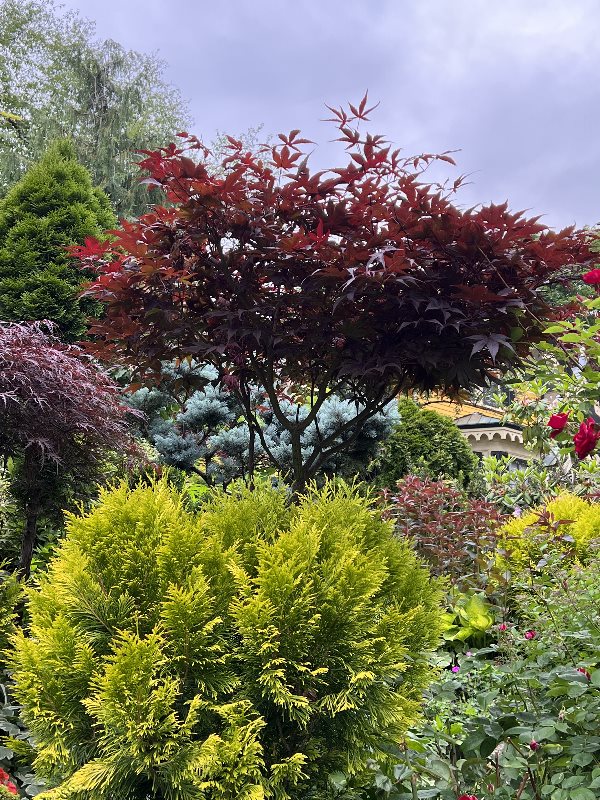
Center Garden on Right (to the left of path)
Ashley Davidoff TheCommonVein.net Trees in Our Garden
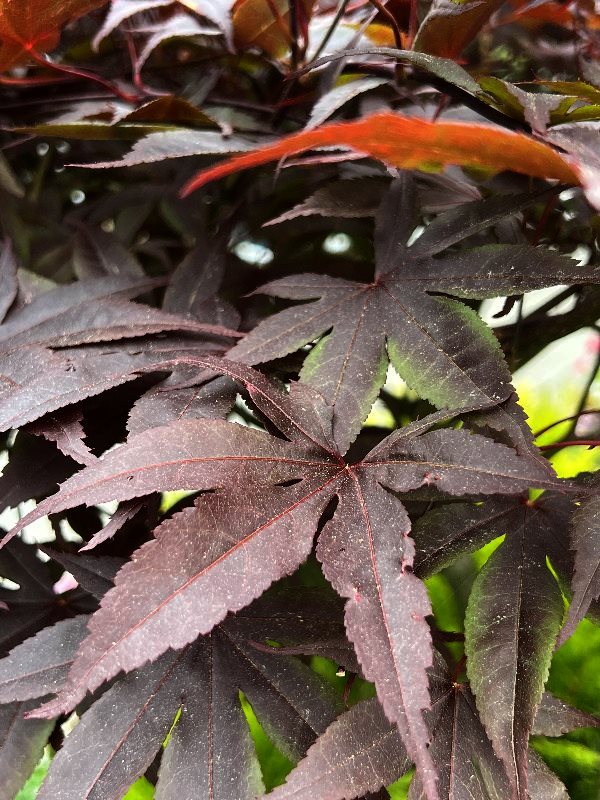
Center Garden on Right (to the left of path)
Ashley Davidoff TheCommonVein.net Trees in Our Garden
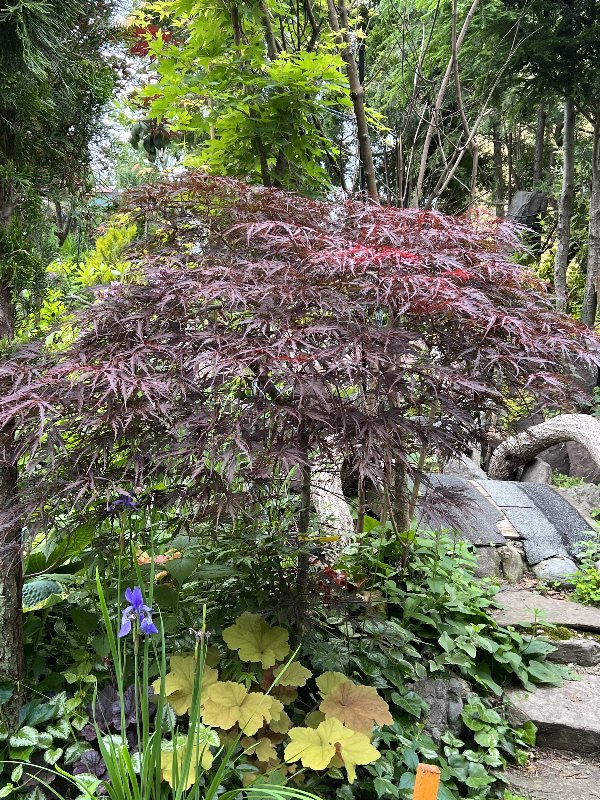
Center Garden, Left of Pathway
Ashley Davidoff TheCommonVein.net Trees in Our Garden
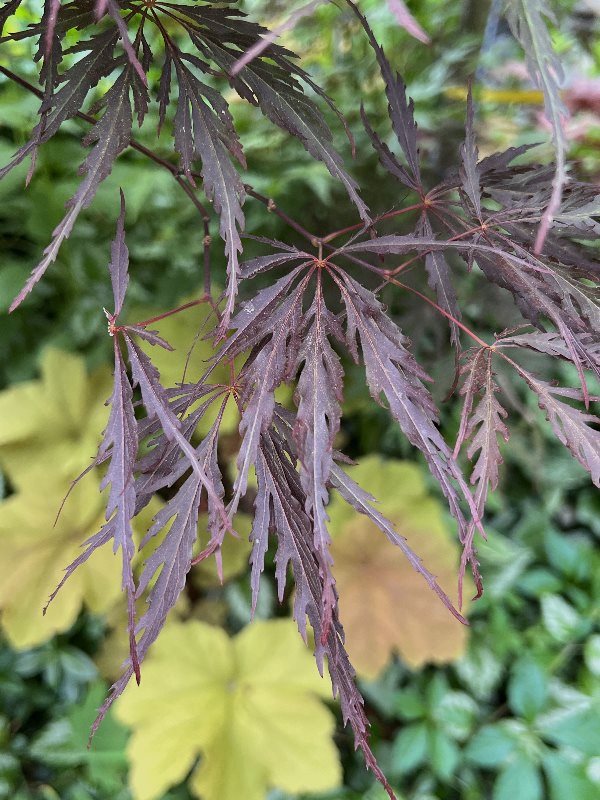
Center Garden, Left of Pathway
Ashley Davidoff TheCommonVein.net Trees in Our Garden
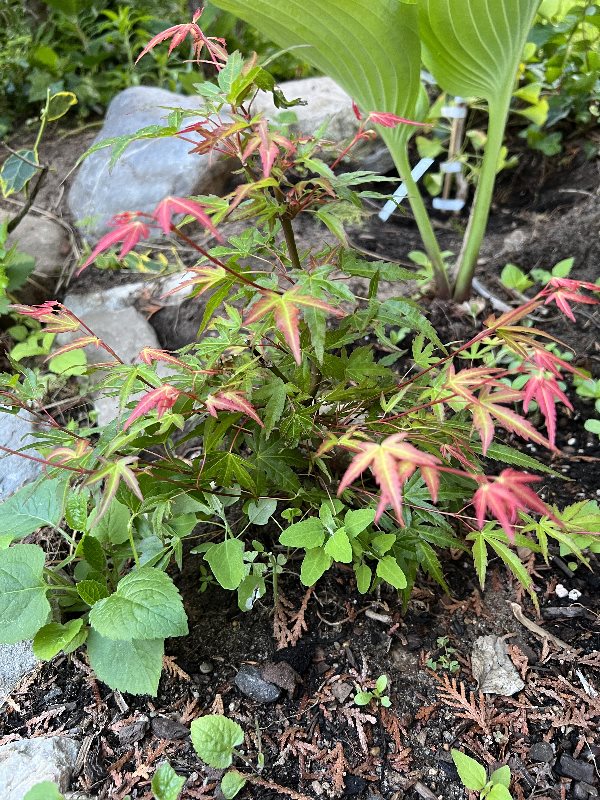
Center Garden Top Left
Ashley Davidoff TheCommonVein.net Trees in Our Garden
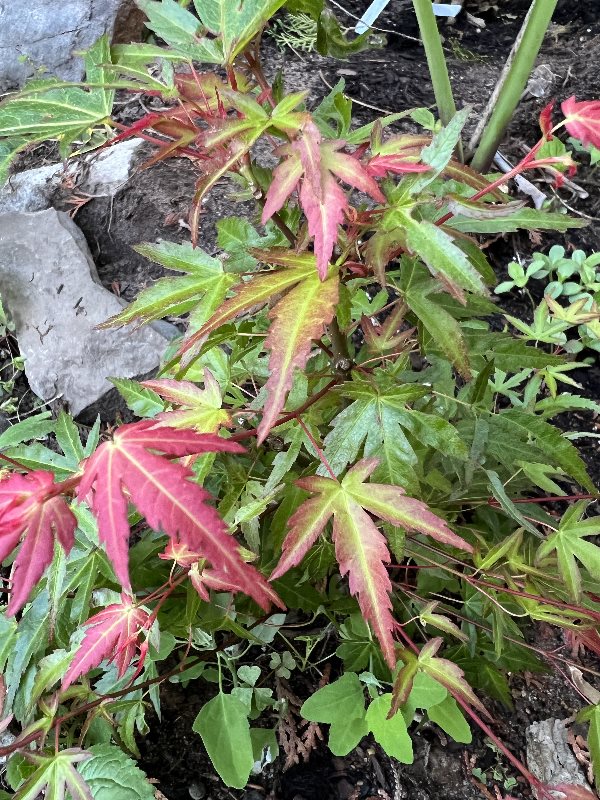
Center Garden Top Left
Ashley Davidoff TheCommonVein.net Trees in Our Garden
A very slow growing dwarf variety with tiny emerging red leaves on deep red stems that mature to green with red tips; fall tones of raspberry purple; a very low mounded habit with fine texture; an ideal selection for small gardens, containers, or bonsai
Ornamental Features
Beni Hime Japanese Maple is primarily valued in the garden for its interestingly mounded form. It has attractive dark red-tipped green foliage which emerges red in spring. The tiny lobed palmate leaves are highly ornamental and turn outstanding shades of yellow, gold and burgundy in the fall. The crimson stems are very effective and add winter interest.
Landscape Attributes
Beni Hime Japanese Maple is a dense multi-stemmed deciduous shrub with a mounded form. It lends an extremely fine and delicate texture to the landscape composition which should be used to full effect.
This is a relatively low maintenance shrub, and should only be pruned in summer after the leaves have fully developed, as it may ‘bleed’ sap if pruned in late winter or early spring. It has no significant negative characteristics.
Beni Hime Japanese Maple is recommended for the following landscape applications;
- Mass Planting
- Rock/Alpine Gardens
- General Garden Use
- Container Planting
Planting & Growing
Beni Hime Japanese Maple will grow to be about 24 inches tall at maturity, with a spread of 3 feet. It has a low canopy. It grows at a slow rate, and under ideal conditions can be expected to live for 60 years or more.
This shrub does best in full sun to partial shade. You may want to keep it away from hot, dry locations that receive direct afternoon sun or which get reflected sunlight, such as against the south side of a white wall. It prefers to grow in average to moist conditions, and shouldn’t be allowed to dry out. It is not particular as to soil pH, but grows best in rich soils. It is somewhat tolerant of urban pollution, and will benefit from being planted in a relatively sheltered location. Consider applying a thick mulch around the root zone in winter to protect it in exposed locations or colder microclimates. This is a selected variety of a species not originally from North America.
Beni Hime Japanese Maple makes a fine choice for the outdoor landscape, but it is also well-suited for use in outdoor pots and containers. It can be used either as ‘filler’ or as a ‘thriller’ in the ‘spiller-thriller-filler’ container combination, depending on the height and form of the other plants used in the container planting. It is even sizeable enough that it can be grown alone in a suitable container. Note that when grown in a container, it may not perform exactly as indicated on the tag – this is to be expected. Also note that when growing plants in outdoor containers and baskets, they may require more frequent waterings than they would in the yard or garden.
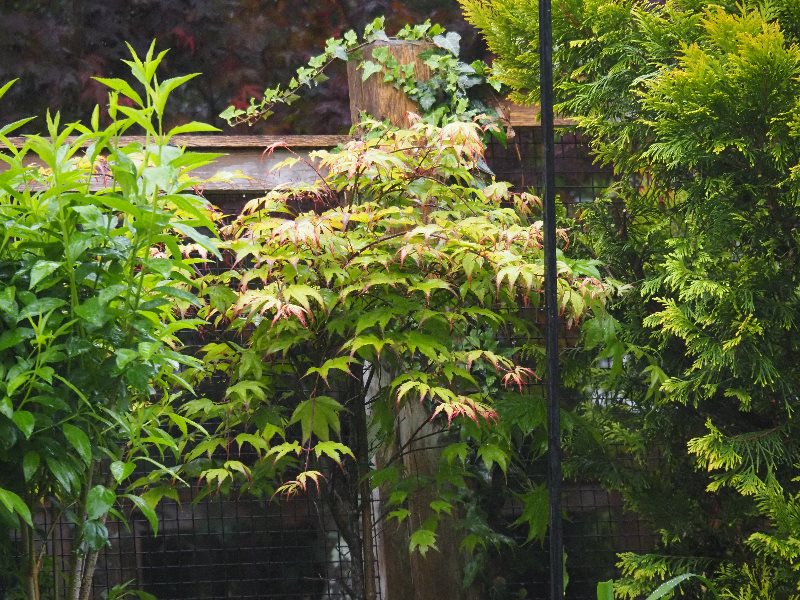
Ashley Davidoff TheCommonVein.net Our GArden
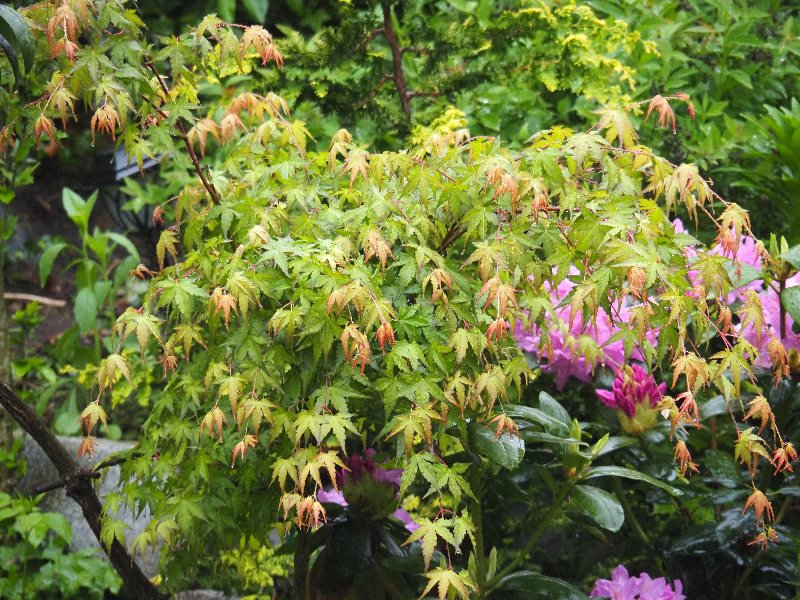
Ashley Davidoff TheCommonVein.net Our GArden

Left Garden, Bottom
Ashley Davidoff TheCommonVein.net Trees in Our Garden

Left Garden, Bottom
Ashley Davidoff TheCommonVein.net Trees in Our Garden
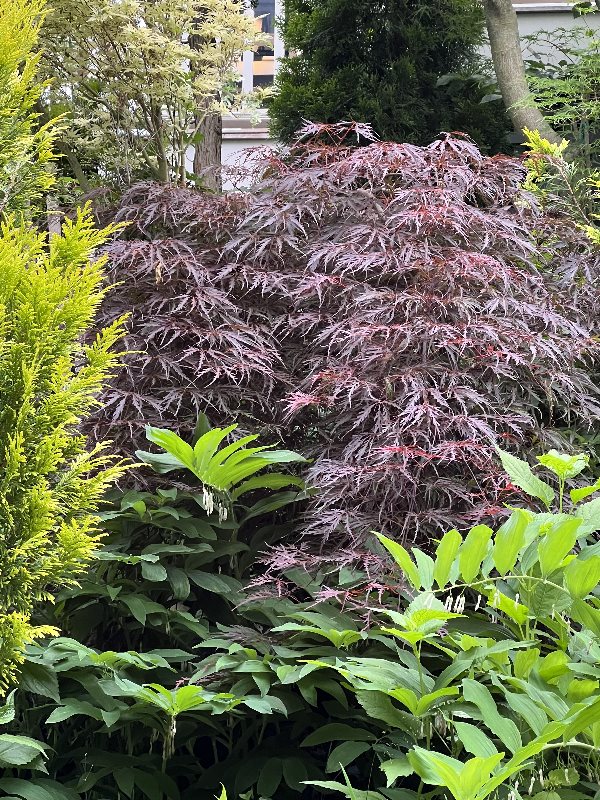
Left Garden, Bottom
Ashley Davidoff TheCommonVein.net Trees in Our Garden
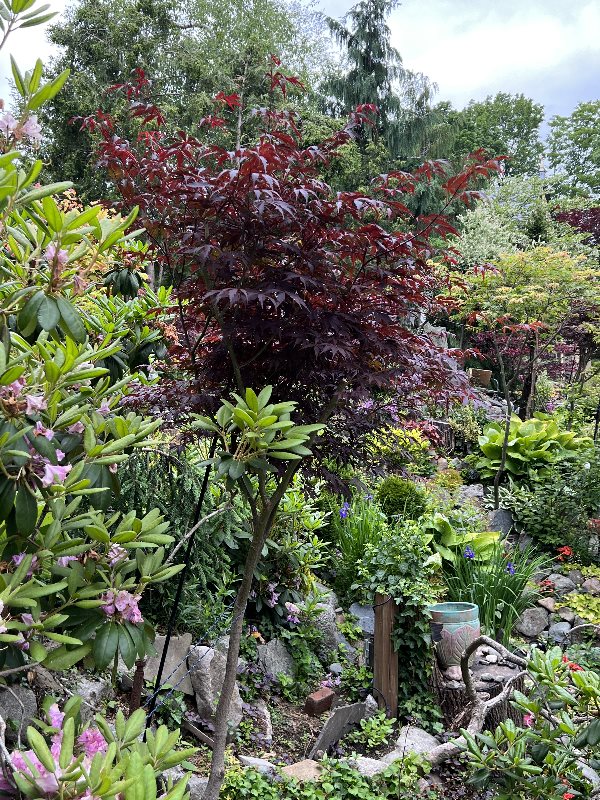
Left Garden Top
Ashley Davidoff TheCommonVein.net Trees in Our Garden
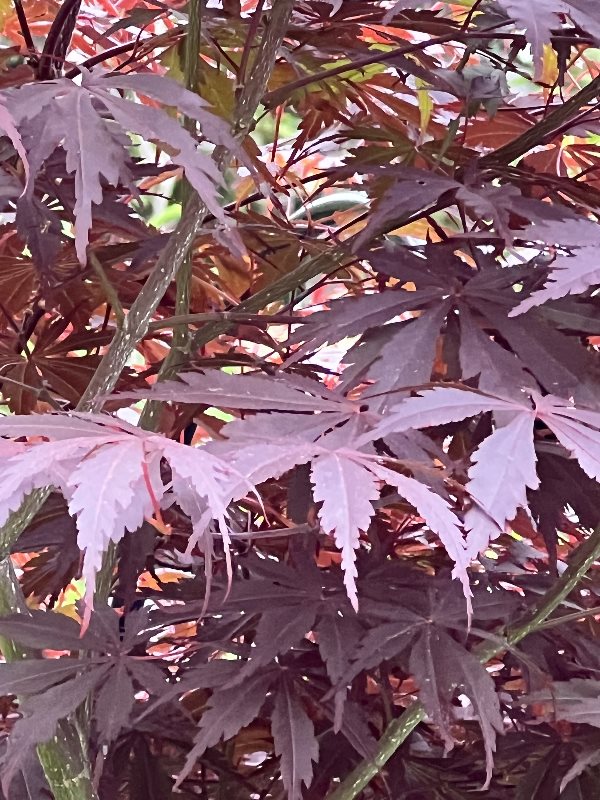
Left Garden Top
Ashley Davidoff TheCommonVein.net Trees in Our Garden
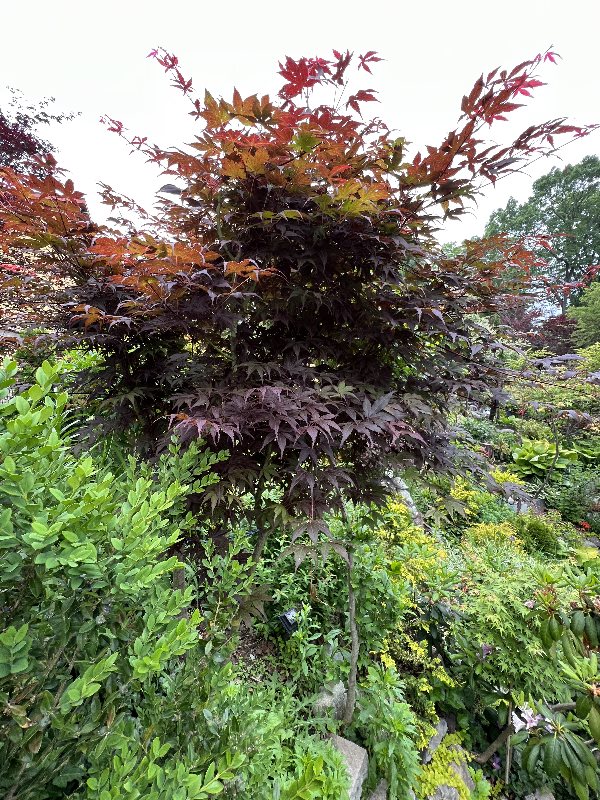
Left Garden Top
Ashley Davidoff TheCommonVein.net Trees in Our Garden

Left Garden Top
Ashley Davidoff TheCommonVein.net Trees in Our Garden
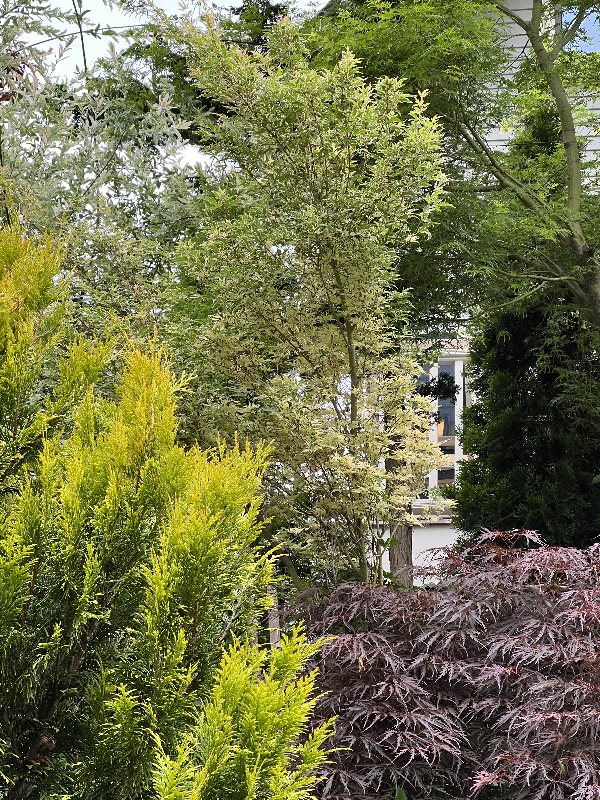
Left Garden, Hemani Hill
Ashley Davidoff TheCommonVein.net Trees in Our Garden
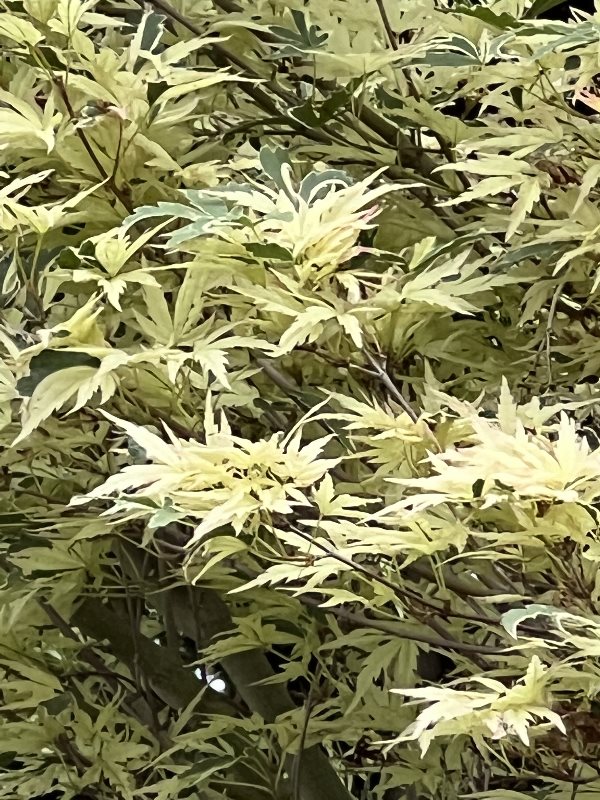
Left Garden, Hemani Hill
Ashley Davidoff TheCommonVein.net Trees in Our Garden
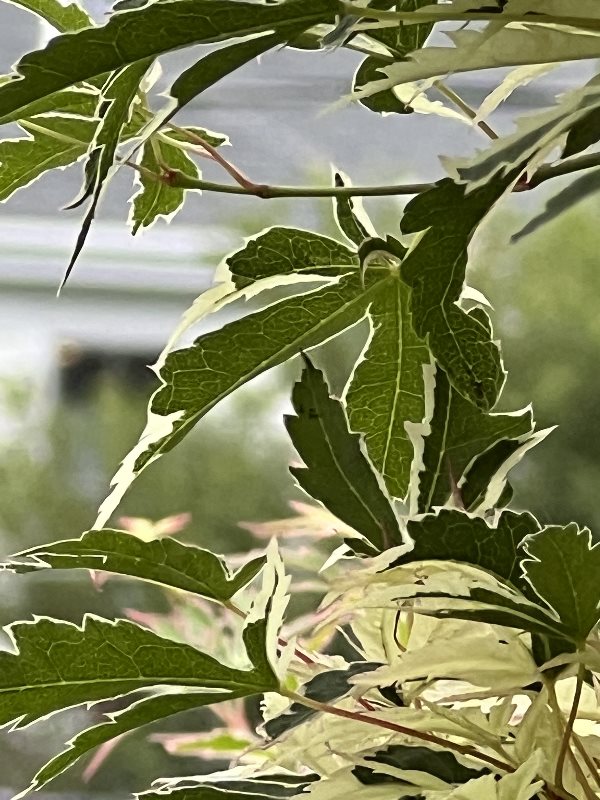
Left Garden, Hemani Hill
Ashley Davidoff TheCommonVein.net Trees in Our Garden
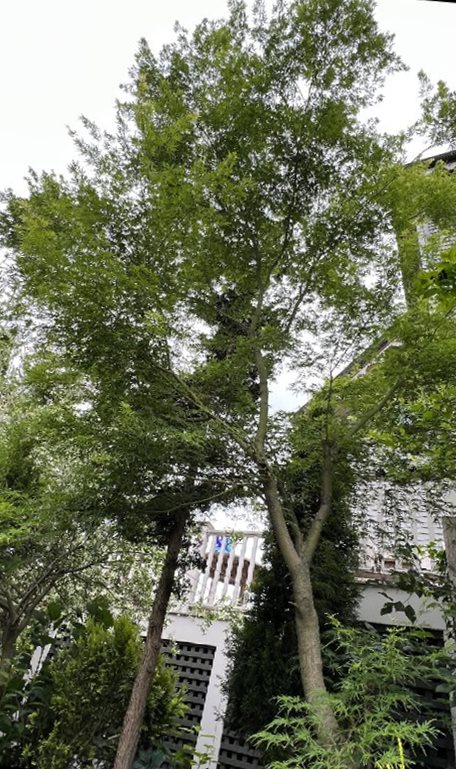
Left Garden Hemani Hill
Ashley Davidoff TheCommonVein.net Trees in Our Garden
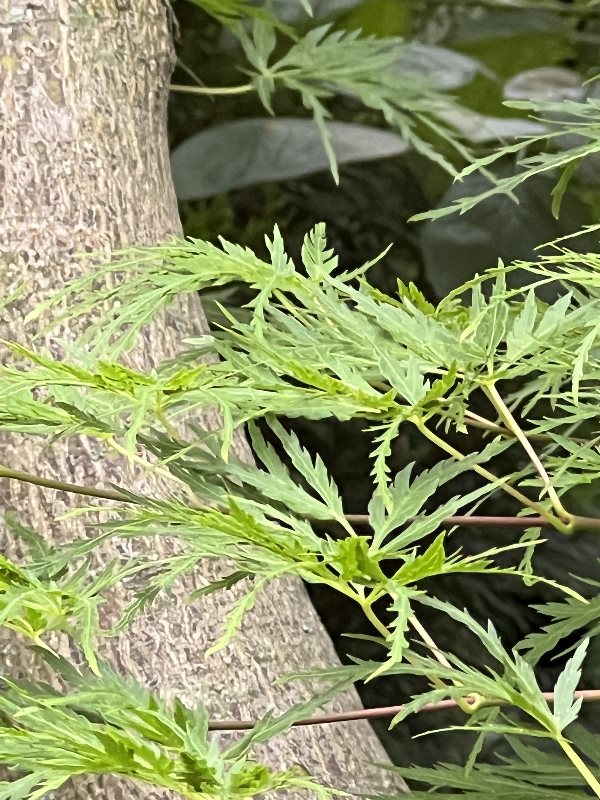
Left Garden Hemani Hill
Ashley Davidoff TheCommonVein.net Trees in Our Garden

